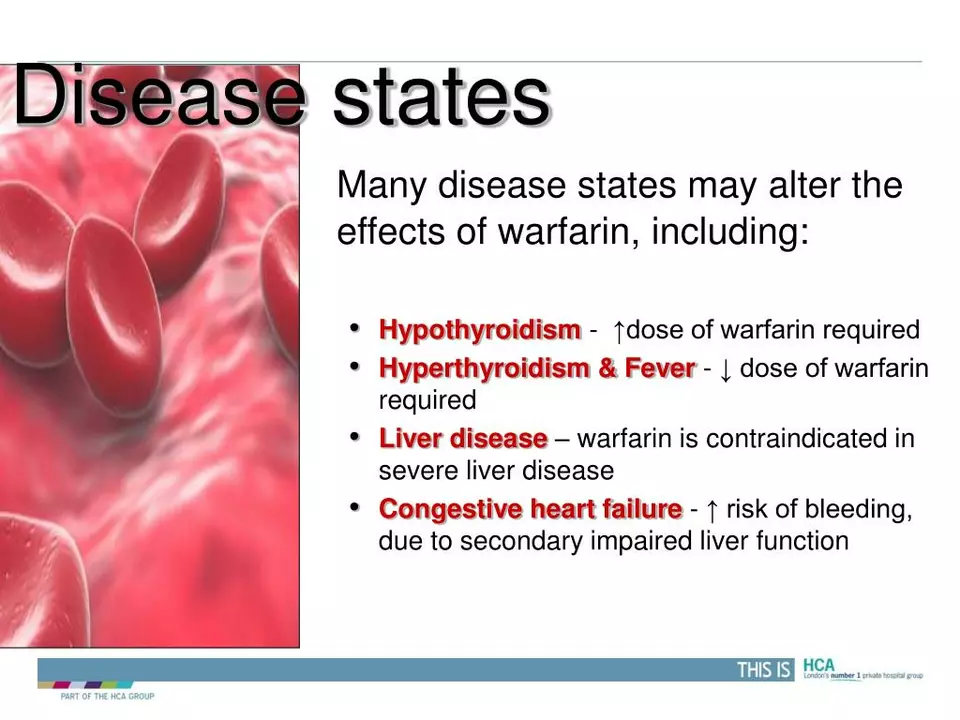Drug-Induced Lupus — signs, causes, and what to do
Did you know some medicines can trigger a lupus-like illness? If new joint pain, fever, or unusual rashes appear after starting a drug, drug-induced lupus (DIL) might be the reason. It’s usually reversible if caught early, so spotting the signs matters.
Common culprits
Not every medication causes DIL, but a few are well known for it. The most common offenders are hydralazine and procainamide. Others include isoniazid, minocycline, certain anti-TNF biologics, penicillamine, and some anti-seizure or antifungal drugs.
Risk rises with higher doses and longer use. Genetics also play a role — for example, people who are "slow acetylators" metabolize some drugs more slowly and face higher risk with procainamide or isoniazid.
What to watch for
Symptoms usually start weeks to months after beginning the drug. Watch for new joint pain or swelling, muscle aches, low-grade fever, fatigue, and chest or belly pain from inflammation of the lining around lungs or heart. Skin rashes can appear but severe kidney or brain involvement is rare in DIL, unlike classic systemic lupus.
Blood tests often show a positive ANA (antinuclear antibody). A more specific clue for DIL is a positive antihistone antibody. Your doctor may also run standard labs to check inflammation, kidney function, and other causes.
If your symptoms match and testing supports it, the first and most effective step is stopping the suspected drug. Many people start improving within weeks; most are back to normal within months.
Short-term treatments help while your body recovers: NSAIDs for pain, a brief course of corticosteroids for stronger inflammation, or low-dose hydroxychloroquine in some cases. Severe or persistent symptoms need specialist care from a rheumatologist.
When should you see a doctor right away? If you have chest pain, trouble breathing, high fevers, sudden swelling, or signs of serious organ problems, get urgent care. Any new, unexplained symptoms after starting a medication deserve a prompt check-in.
How is DIL different from regular lupus? DIL usually appears after drug exposure, shows antihistone antibody positivity, and tends to resolve after stopping the drug. Classic lupus can affect kidneys and brain more severely and usually needs long-term management.
Practical tips: keep a medication list, note when symptoms began, and tell your provider about over-the-counter or herbal products. If you or a family member had autoimmune reactions to drugs before, mention that — it can guide safer choices.
Most people recover well from drug-induced lupus once the likely drug is stopped. Early recognition and clear communication with your prescriber are the fastest routes back to normal.
Warfarin and Drug-Induced Lupus: A Rare but Serious Side Effect
I recently came across an article discussing Warfarin and its connection to drug-induced lupus, which is a rare but serious side effect. Warfarin, a common blood-thinning medication, has been known to cause this autoimmune disorder in some patients. It's important to be aware of this risk, especially if you or a loved one is taking Warfarin. Symptoms of drug-induced lupus can vary, but they often include joint pain, fatigue, and skin rashes. If you notice any of these symptoms while on Warfarin, it's crucial to consult your doctor immediately to prevent complications.

